| __timestamp | Carlisle Companies Incorporated | The Boeing Company |
|---|---|---|
| Wednesday, January 1, 2014 | 33800000 | 3047000000 |
| Thursday, January 1, 2015 | 42800000 | 3331000000 |
| Friday, January 1, 2016 | 48100000 | 4627000000 |
| Sunday, January 1, 2017 | 54900000 | 3179000000 |
| Monday, January 1, 2018 | 55100000 | 3269000000 |
| Tuesday, January 1, 2019 | 60900000 | 3219000000 |
| Wednesday, January 1, 2020 | 45400000 | 2476000000 |
| Friday, January 1, 2021 | 49900000 | 2249000000 |
| Saturday, January 1, 2022 | 50800000 | 2852000000 |
| Sunday, January 1, 2023 | 28700000 | 3377000000 |
| Monday, January 1, 2024 | 35400000 | 3812000000 |
Unleashing insights
In the ever-evolving landscape of aerospace and industrial manufacturing, research and development (R&D) expenses serve as a critical indicator of a company's commitment to innovation. Over the past decade, The Boeing Company and Carlisle Companies Incorporated have demonstrated contrasting approaches to R&D investment.
From 2014 to 2023, Boeing's R&D expenses have fluctuated, peaking in 2016 with a 43% increase compared to 2014, before experiencing a dip in 2020. Despite these fluctuations, Boeing's R&D spending remains significantly higher than Carlisle's, underscoring its focus on cutting-edge aerospace technology.
Conversely, Carlisle's R&D expenses have shown a more stable trend, with a notable 80% increase from 2014 to 2019. However, a sharp decline in 2023 suggests a strategic shift or external challenges.
This comparison highlights the diverse strategies of two industry giants in navigating the complexities of innovation and market demands.
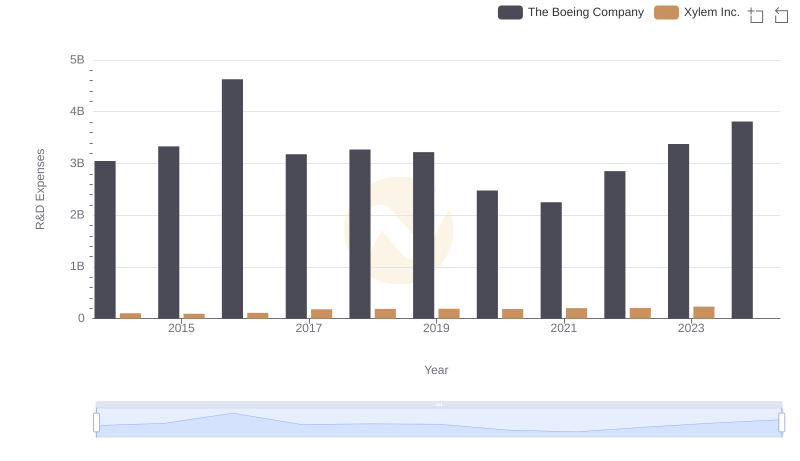
Comparing Innovation Spending: The Boeing Company and Xylem Inc.
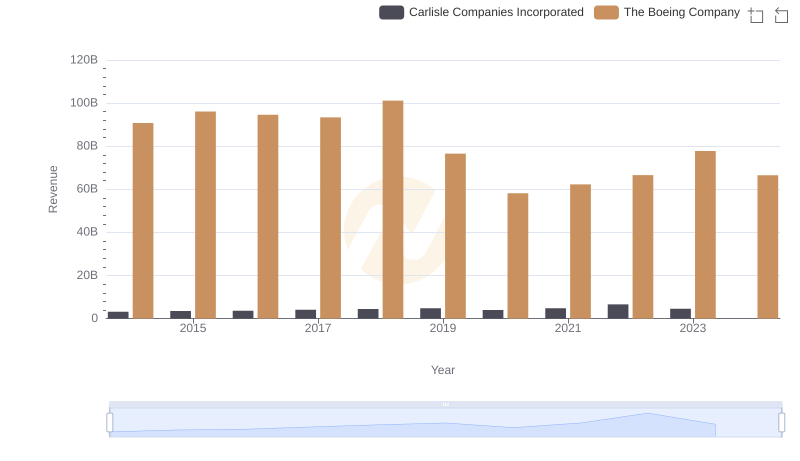
Comparing Revenue Performance: The Boeing Company or Carlisle Companies Incorporated?
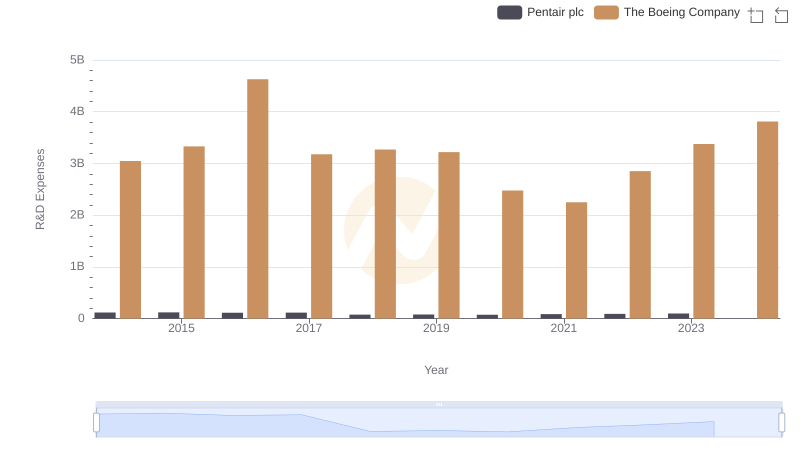
R&D Spending Showdown: The Boeing Company vs Pentair plc
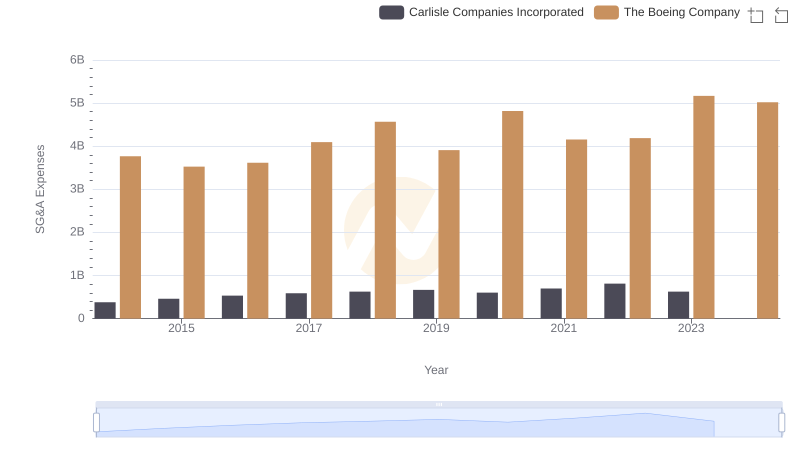
Who Optimizes SG&A Costs Better? The Boeing Company or Carlisle Companies Incorporated
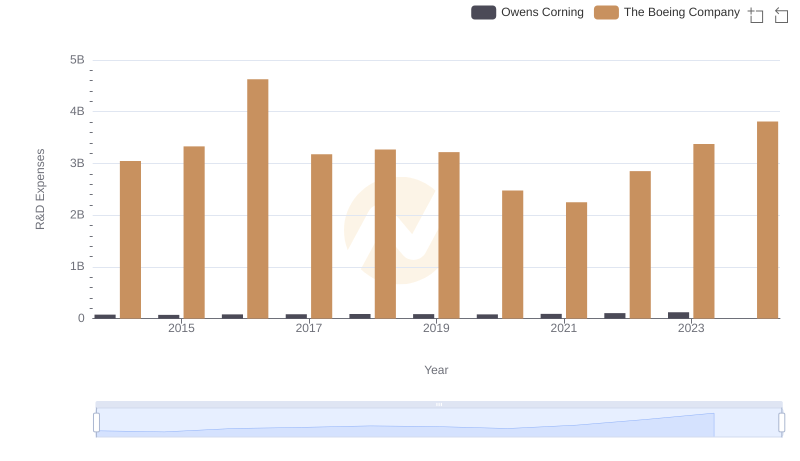
The Boeing Company vs Owens Corning: Strategic Focus on R&D Spending
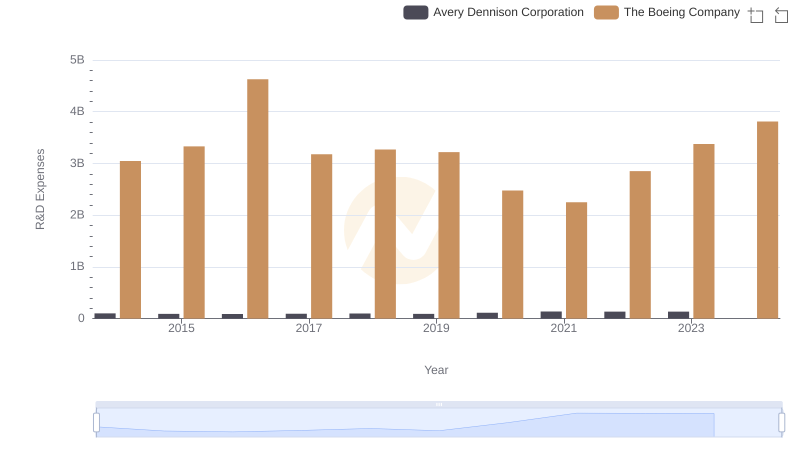
Comparing Innovation Spending: The Boeing Company and Avery Dennison Corporation